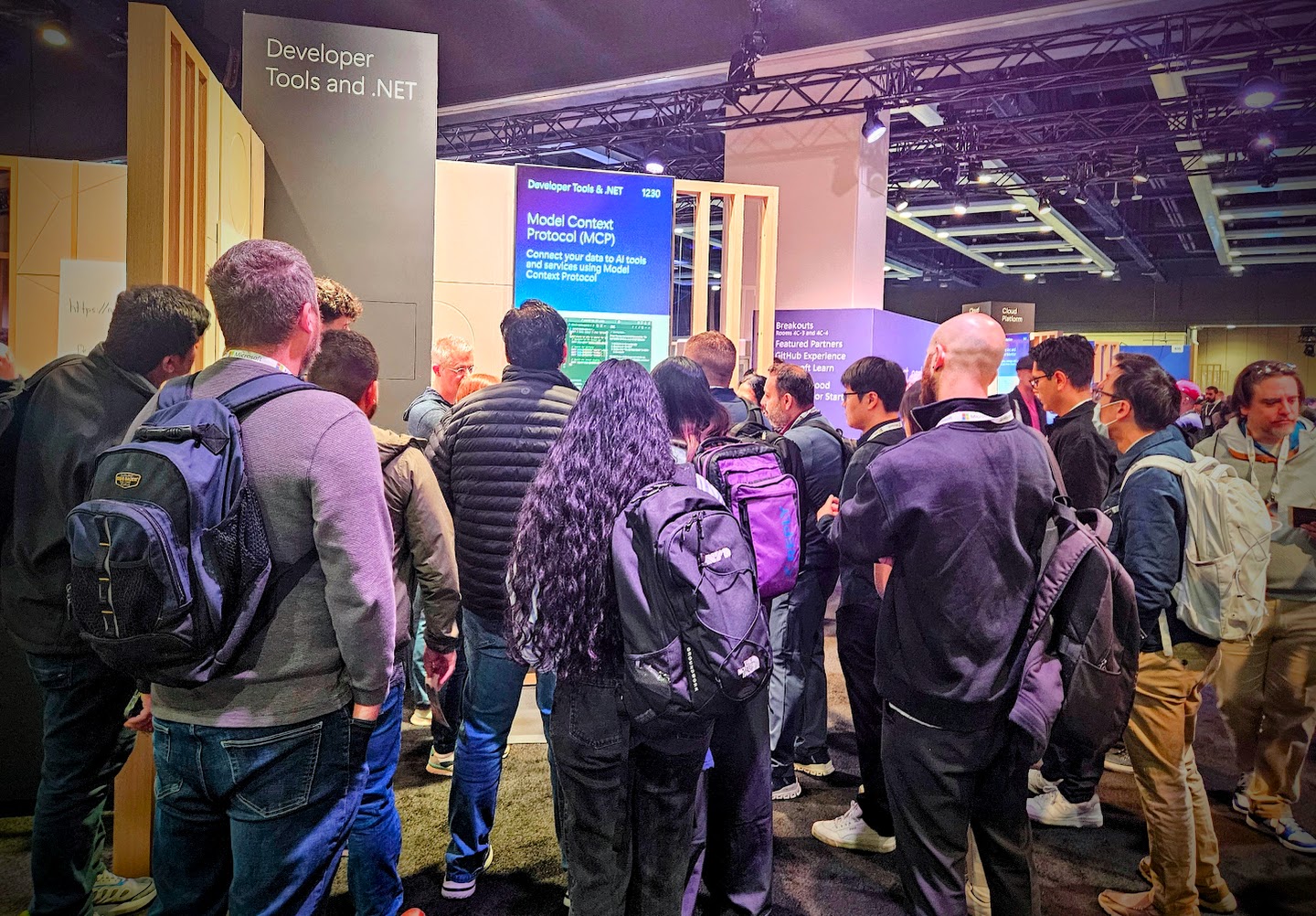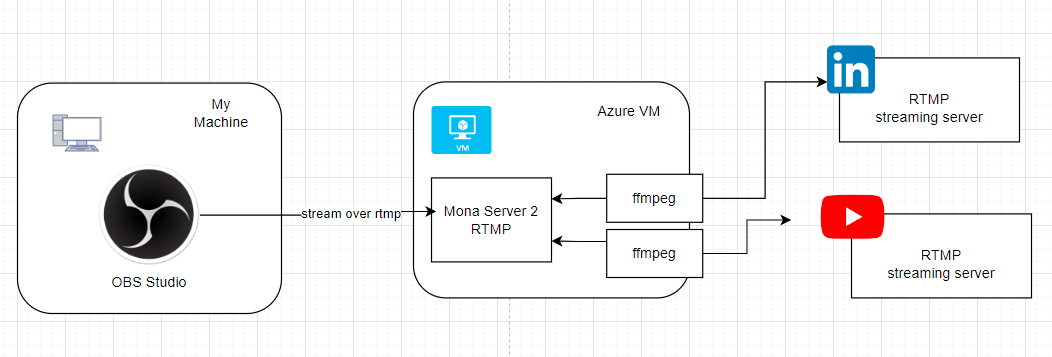
A recap of the most frequently asked questions about the Model Context Protocol (MCP) from my time as an expert at the MCP booth during Microsoft Build 2025. Covers what MCP is, how it works, authentication, differences from OpenAPI, agent-to-agent communication, and practical advice for developers.

In this blog post, I’ll share how I integrated the Model Context Protocol (MCP) into a real SaaS product, VocalCat, by reusing an existing API. This guide will highlight the interesting bits, challenges, and tips I discovered along the way. Buckle up!
Why MCP? MCP is an open standard that simplifies connecting AI models to external tools and data systems. In plain terms, MCP is a way to give “hands” to copilots—a protocol that lets AI models not just answer questions, but actually take actions, even in the real world. Imagine connecting your copilot to your IoT devices, so it can control things in your home or office. It’s a bit dangerous, but incredibly exciting: suddenly, copilots can do more than just talk—they can act.

Bringing Static Sites to the Fediverse: Enhancements and Implementations Integrating static sites into this ecosystem via the ActivityPub protocol presents unique challenges and opportunities. In this post, I share recent updates and discoveries from my journey to seamlessly connect static sites to the Fediverse.
Enhancing Content Delivery with Customizable Templates One of the primary goals in integrating static sites with ActivityPub is to ensure that content is delivered effectively within the Fediverse. To achieve this, I’ve introduced customizable templates for note generation. This enhancement allows the full content of a blog post to be included directly in ActivityPub notes, moving beyond mere link sharing—a practice often associated with bots—and leveraging the full potential of the Fediverse.

A rollercoaster of pride, panic, and AI gasliting I code to relax. Some people do yoga, some meditate—I open VS Code at 11 PM like a gremlin-raccoon. Don’t judge.
I work full-time at Microsoft, and between family time and my other hobbies, I somehow keep starting new side projects. I’ve got VocalCat, an AI interviewer for SOMOS.tech, some fediverse experiments, and a Mastodon fork where I play with identity and static blog integrations. And last night, against all common sense, I started another one.

Processes, tools, and extensive documentation are not going to save your ass, but the Agile Manifesto may. A friend just landed a job after a long hiatus. The very next day, I asked him if he’d been fired yet. I know, I’m mean, but with my close friends, this is how we communicate. Don’t judge.
He laughed (Narrator: in fact he did not) and then, for the bazillionth time, told me how nice it must be working at Microsoft. “You guys have all the processes, all the resources. Everything just works!”

Amplify Your Organization’s Voice: Embrace Radical Transparency and Authentic Connections Dear Leaders of Nonprofits and Public Organizations,
In our digital age, social media platforms have become indispensable tools for communication, outreach, and community engagement. However, the landscape of these platforms is evolving, it’s crucial for organizations like yours to rethink where and how you engage online.
The Challenge with Centralized Platforms Centralized social media platforms, such as X (formerly Twitter), operate under profit-driven models that can influence the dissemination of information. Studies have shown that Twitter’s algorithms tend to amplify content from right-wing politicians and news outlets more than from the left. Regardless of political orientation, algorithmic biases driven by profit interests are incompatible with the public interest.

In this guide, we will set up a multistreaming workflow using Azure, an Azure VM, MonaServer 2, and FFmpeg to broadcast to multiple platforms like LinkedIn Live and YouTube Live. We’ll use OBS Studio as the main streaming software. Let’s get started.
Motivation Ever looked at those $15–$20/month streaming services and thought, “I have Azure credits—why am I paying for this?” Same here. Plus, my friend Luis Quintanilla introduced me to Owncast , which I plan to use soon. So, the question became: Can I achieve multistreaming using open-source tools? And if so, how do I stream to Owncast and other platforms at the same time?

Find the index and earlier parts of this series here.
We’re almost there! Thanks for sticking with me on this journey. In this final part, we’ll integrate replies and comments into your static website.
Motivation Integrating replies is quite similar to how we handled subscriptions. Since our posts now exist in the Fediverse, we want to treat them as first-class citizens. This means replies to our posts should appear on our site.

Yeah, I know the last 3 chapters are titled “The Power of…” but let me tell you, I like it, and it’s my blog.
When I was a kid, I always knew I wanted to make something different for myself. Different from what? That was the question.
I didn’t limit my imagination to a subset of possibilities. Everything was on the table: President of Mexico one day? Archaeologist discovering new dinosaurs? Sure, sounds fun. Composer and musician? Maybe, just maybe. But each possibility carried a hint of reality, shaped by moments like watching my mom count coins in desperation to buy a kilo of tortillas, or by the fact that everyone around me was low-income, grappling with the unjust lack of opportunities faced by kids like me—dark brown-skinned children in a deeply classist country.

The Power Struggle of Social Media Engagement Breaking Free: Reclaiming Visibility and Voice from the Algorithmic Gatekeeping. aka F**ck the algorithm. So, I have an account with about 20 followers on BlueSky, and I generate some engagement on almost every post. In stark contrast, I have another account on X/Twitter that has over 2000 followers, yet 99% of the time, it feels like I’m talking to the void. My impressions hover around 30, which means roughly 30 people see my tweets—about 1.5% of my followers.









